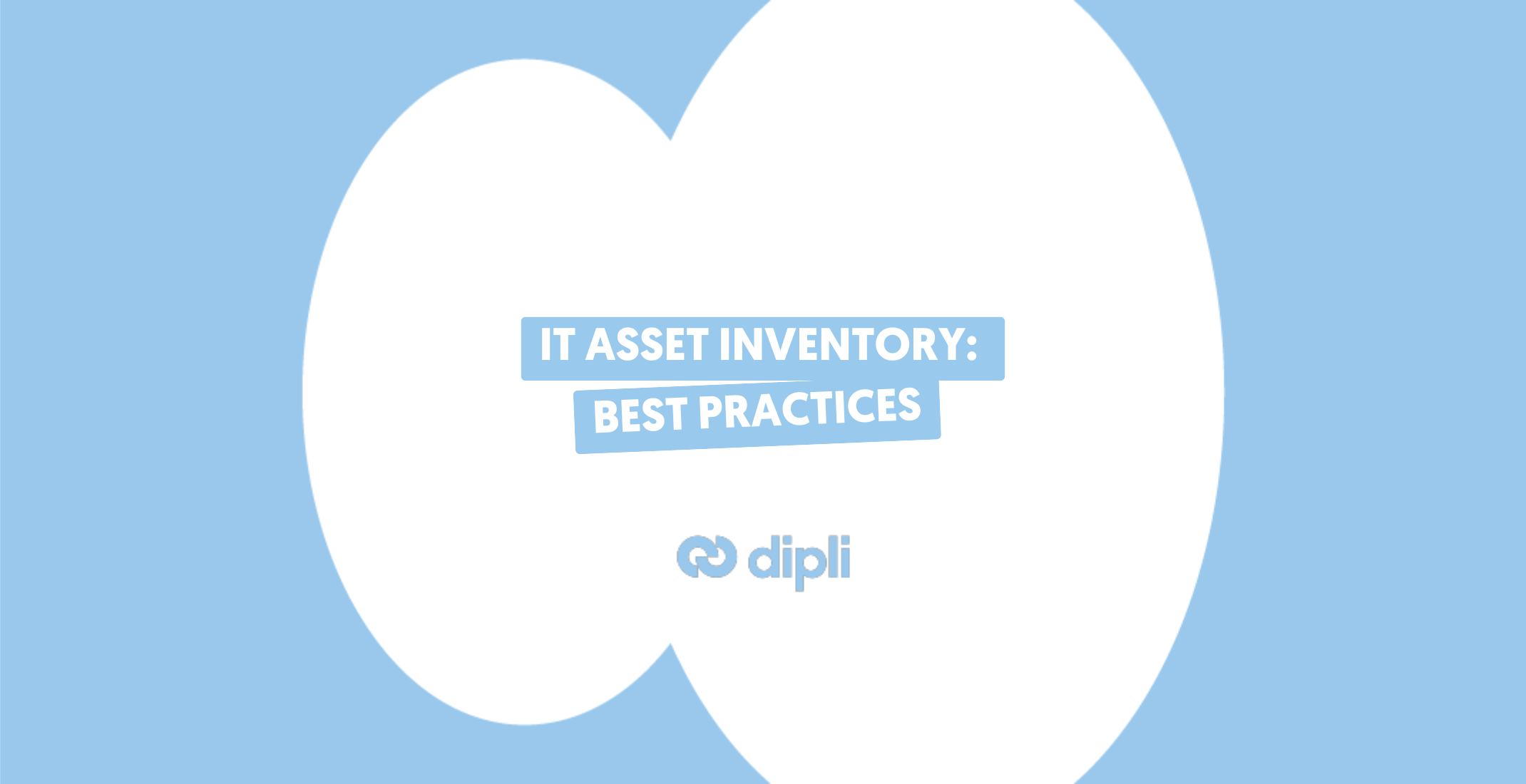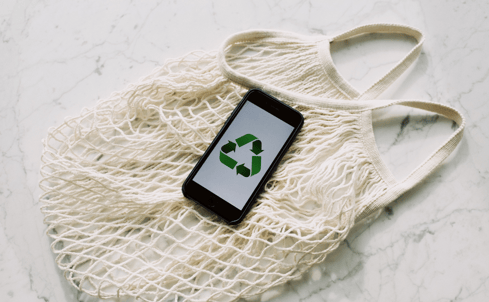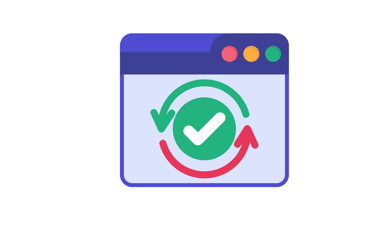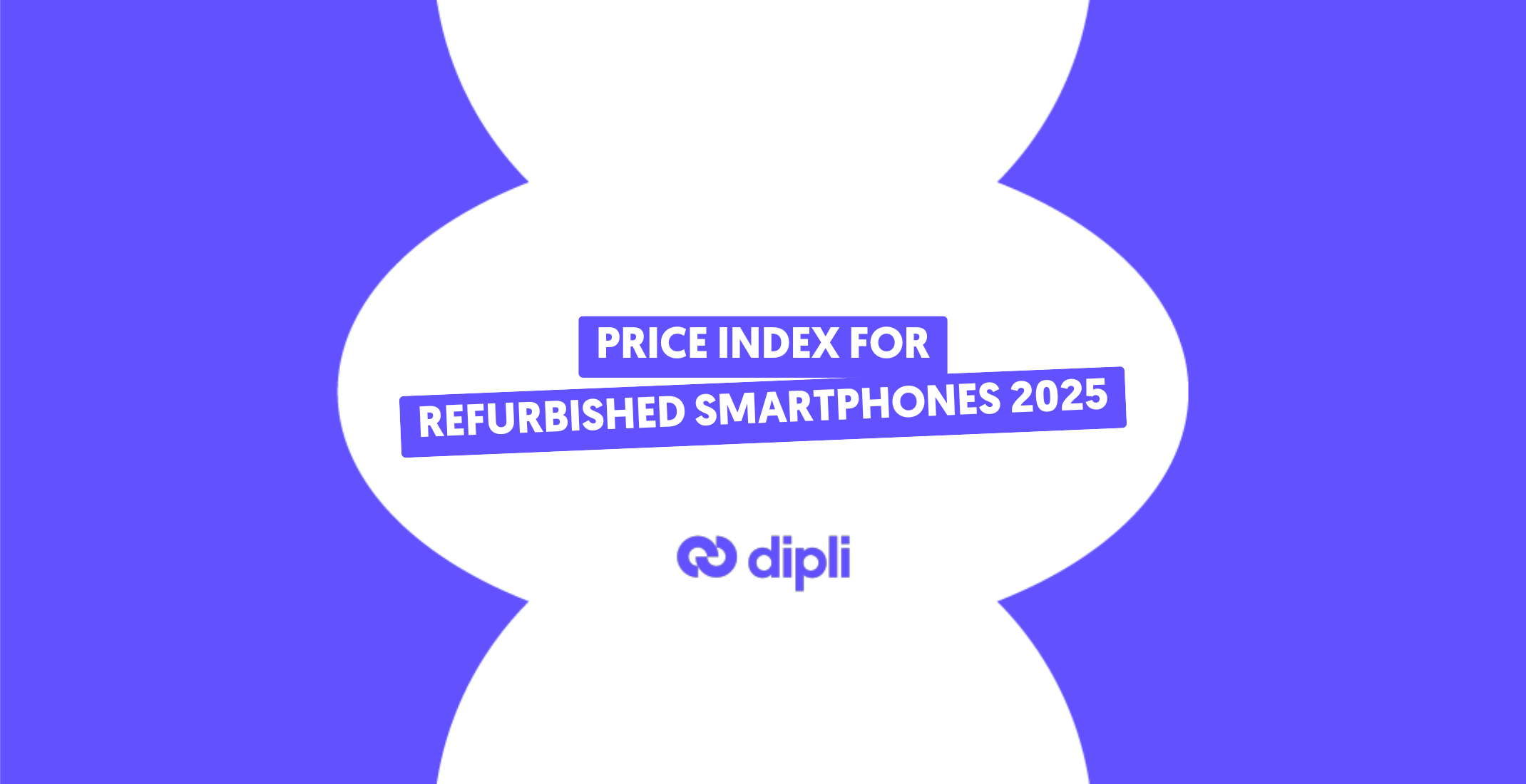IT Asset Inventory: best practices
13/03/2024
0 comments

Every company, regardless of its size, relies on a well-managed IT asset inventory to support its daily operations. However, with the growing challenges of the circular economy and refurbished products, it is time to rethink how we manage our IT resources. In this article, we will guide you through the process of conducting an IT asset inventory while adopting an eco-responsible approach.
Complete Guide to an Effective IT Asset Inventory
What is an IT asset Inventory ?

An IT asset inventory is a comprehensive list of all hardware and software assets used by an organization. It includes information such as the asset's make, model, serial number, location, and purchase date.
When to conduct an IT Asset inventory in your company ?
It is important to conduct an inventory of your IT assets regularly, for example :
-
When acquiring new equipment
-
When an employee leaves
-
In case of a breakdown or malfunction
-
As part of a migration to a new system
The 4 best practices for an optimized IT asset inventory
Importance of a regular inventory
An IT asset inventory allows a company to :
- Better manage IT assets :
This can help you keep your equipment in good condition, avoid overspending, reduce the risk of loss or theft, strengthen security, and improve the performance of your IT systems.
- Reduce the risk of loss or theft :
Quickly locating your IT equipment in case of loss or theft is essential. Effective asset management makes this task easier by providing accurate information about their location.
- Improve IT security :
Knowing the versions of software and operating systems used is crucial for maintaining a secure IT environment. This information allows you to plan timely updates and thus reduce vulnerabilities to cyberattacks.
- Improve the performance of IT systems :
Evaluating the performance of your IT equipment is an asset to identify those that are obsolete or underutilized. You can then consider replacing or reassigning them, thus improving the overall performance of your IT systems.
- Reduce Costs
The inventory allows you to identify obsolete or unused assets, which reduces acquisition and maintenance costs.
Integrating sustainable development into IT asset management
To integrate sustainable development into IT asset management and reduce its environmental impact, it is recommended to:
-
Opt for refurbishing existing equipment to extend their lifespan and avoid the production of new electronic waste.
-
Select eco-friendly equipment when acquiring new hardware, prioritizing those certified by environmental labels and verifying their energy efficiency.
-
Implement measures to optimize energy consumption, such as using energy-saving modes, intelligent power management, and installing energy-efficient equipment.
-
Promote a culture of preventive maintenance and repair, which helps extend the lifespan of equipment and thus reduce the need for frequent replacements.
The impact of preventive maintenance on hardware longevity
Far from being a mere expense, preventive maintenance proves to be a crucial investment for the longevity of your equipment. Indeed, it allows you to :
1. Anticipate breakdowns and malfunctions: by detecting early signs of breakdowns and malfunctions. This allows you to act before these problems occur, thereby significantly reducing the risk of costly interruptions and data loss.
2. Extend the lifespan of equipment by taking care of your equipment and preventing potential damage to keep them in good working condition for longer.
3. Improve IT performance by properly maintaining equipment. This results in better IT performance, increased user productivity, and reduced downtimes.
4. Reduce intervention costs by preventing major breakdowns, preventive maintenance helps limit the need for urgent and costly interventions.
5. Promote cybersecurity by keeping software and systems up to date, which is essential for ensuring your company's security.
In summary, preventive maintenance is an essential element to ensure the longevity of your equipment, improve their performance, and reduce operating costs. It is a real asset for the competitiveness of your company.
Benefits of optimal IT asset management
Cost reduction and increased efficiency
Optimal IT asset management streamlines processes, optimizes resources, and minimizes costs related to the acquisition and maintenance of equipment and software. This results in greater operational efficiency and better profitability for the company.
Good Practices for Sustainable Management
Step 1: inventory of IT assets

The starting point for environmentally responsible management of your IT assets is to conduct a comprehensive inventory. This is an essential step to have an overview of your assets. This means listing all the IT equipment in your company, from computers to smartphones to printers.
-
Equipment Identification : Start by identifying each piece of equipment by noting its brand, model, serial number, and location
-
Condition and Performance : Evaluate the condition of each device. Some may require upgrades or minor repairs to extend their lifespan.
-
Software and Licenses: Ensure that all software is properly licensed and that updates are regularly performed.
Step 2 : Priority to refurbished ☘️

After establishing a complete list of your equipment needs, it is imperative to consider refurbished as a viable option. Refurbished products offer notable advantages, including :
-
Cost : Cost is one of the main advantages of refurbished products. Indeed, they are generally sold at prices lower than those of new products.
-
Performance and reliability : refurbished products offer the same performance and reliability as new products. Indeed, they undergo rigorous testing before being sold.
- Reducing electronic waste to avoid purchasing new products, which generate electronic waste.
Step 3: Planning updates 🔄

To extend the lifespan of your IT asset portfolio, consider hardware and software upgrades. This may include adding RAM, replacing hard drives with faster SSDs, or migrating to newer operating systems.
When considering upgrades, it's essential to follow a methodical approach :
-
Establish an update schedule based on your specific business needs. Ensure that this schedule aligns with your operational requirements.
-
Develop a comprehensive deployment plan that details the steps required to update your equipment. This includes selecting resources, scheduling downtime, and allocating responsibilities.
-
Before implementing updates, conduct thorough testing to ensure they do not cause problems or conflicts with existing systems. Error prevention is crucial.
-
Proactively communicate upcoming updates to your users. Transparent communication facilitates change acceptance
Step 4: Preventive maintenance ️ 🛠️
Preventive maintenance is essential to avoid costly breakdowns. Schedule regular checks and cleaning to ensure your equipment operates optimally.
The transition to an eco-responsible IT asset portfolio is not only beneficial for your business, but it also aligns with the increasingly crucial social and environmental responsibility in the business world.
Skills required for IT asset management
Effective IT asset management requires a diverse skill set, including:
-
In-depth knowledge of hardware and software.
-
Ability to assess business needs and propose tailored solutions.
-
Project management and strategic planning skills.
-
Aptitude to work in a team and communicate effectively with various stakeholders.
-
Ability to stay up-to-date with the latest technological advancements and best practices in IT management.
At Dipli, we are proud to support this transition to a more sustainable future by offering high-quality refurbished IT solutions. Sign up today to learn more about how we can help you achieve this goal.

















Comments (0)